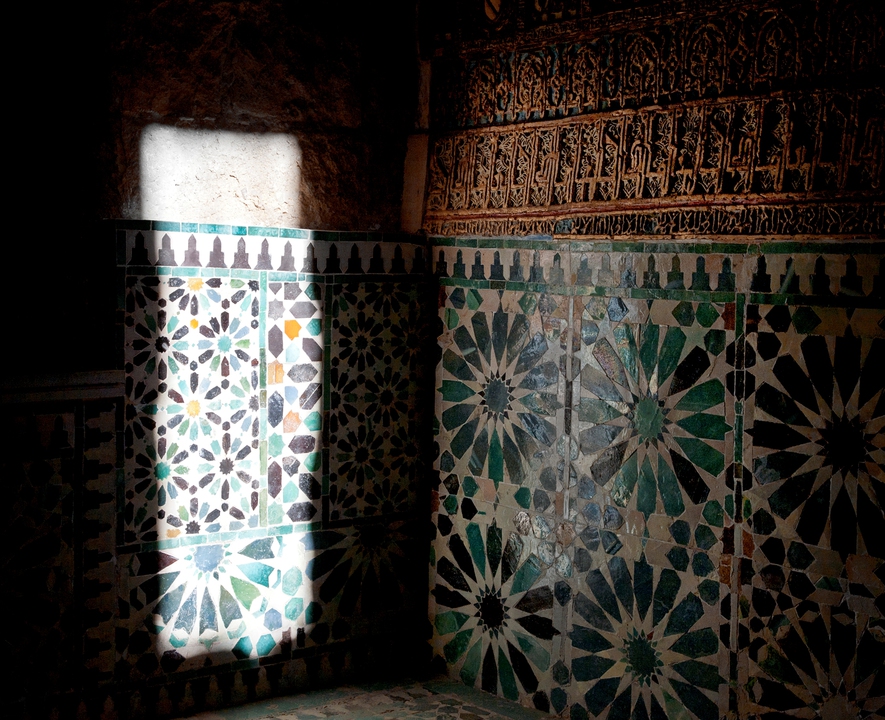Courses and Workshops
Index / Activities / Courses and Workshops / Artistic Dialogue in the Middle Ages: Islamic Art – Mudéjar Art
Artistic Dialogue in the Middle Ages: Islamic Art – Mudéjar Art
From November 18, 2016 until November 19, 2016
Casa Árabe, the University of Zurich and the University of Cordoba invite you to the First International Days on Artistic Dialogue in the Middle Ages: Islamic Art - Mudéjar Art in Cordoba.
Research on Spain’s medieval cultural legacy has greatly evolved over the last two centuries. Since times when the nineteenth-century mindset first contributed to a renewed appreciation of the legacy of Al-Andalus and the kingdoms of Castile and Aragon, extensive historiographical development has taken place, with the main interest focused on cultural connections and disconnections.
Concepts which arose during the nineteenth century –Reconquista, Co-existence and Mudéjar art– were brought into focus for the first time as the result of a historical situation and a series of particular political interests, characterized by the debate over national identity, religious intolerance and the evolutionist perspective of history. In this sense, scholars took notice of the special political and cultural situation on the Iberian Peninsula, with the Middle Ages on the peninsula acting as a geographic reference and timeframe for cultural co-existence, pluralism and heterogeneity.
In the modern era, we are witnessing a critical review and intense debate over concepts inherited from the nineteenth century. Given historiography that formerly established a series of political, religious and artistic borders, the path has now been forged towards a conception of medieval reality in which the borders between kingdoms, religions and artistic vocabularies are seen as permeable and dynamic, and in which artistic dialogue may have held precedence. This dialogue can also be viewed as the common thread for these International Days, the goal of which will be to analyze, share and disseminate both the results and the recent projects and proposals to come from study of the Iberian Peninsula’s Islamic and Mudéjar past.
Likewise, these days are meant to provide a space for presenting innovative lines of research that contribute to the debate over artistic dialogue on the medieval Iberian Peninsula, through five themed sections or units:
- Islamic Cordoba
- Al-Andalus and North Africa
- Giving New Value to the Islamic Past
- Artistic Exchanges on the Medieval Iberian Peninsula
Casa Árabe; University of Cordoba; University of Zurich; Swiss National Scientific Research Fund (SNF)

